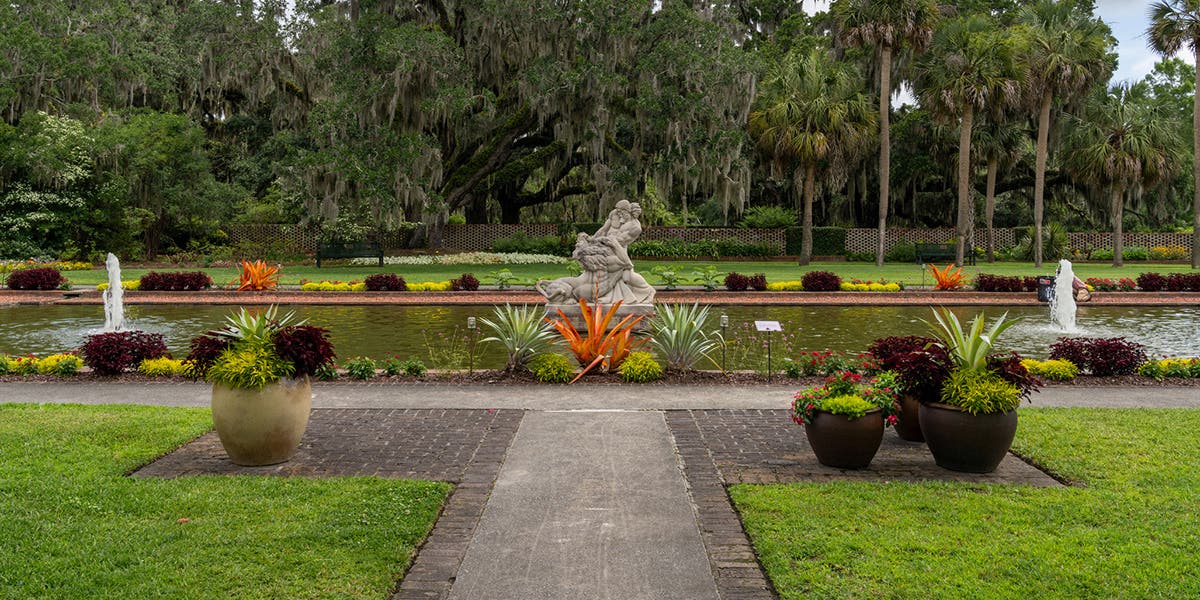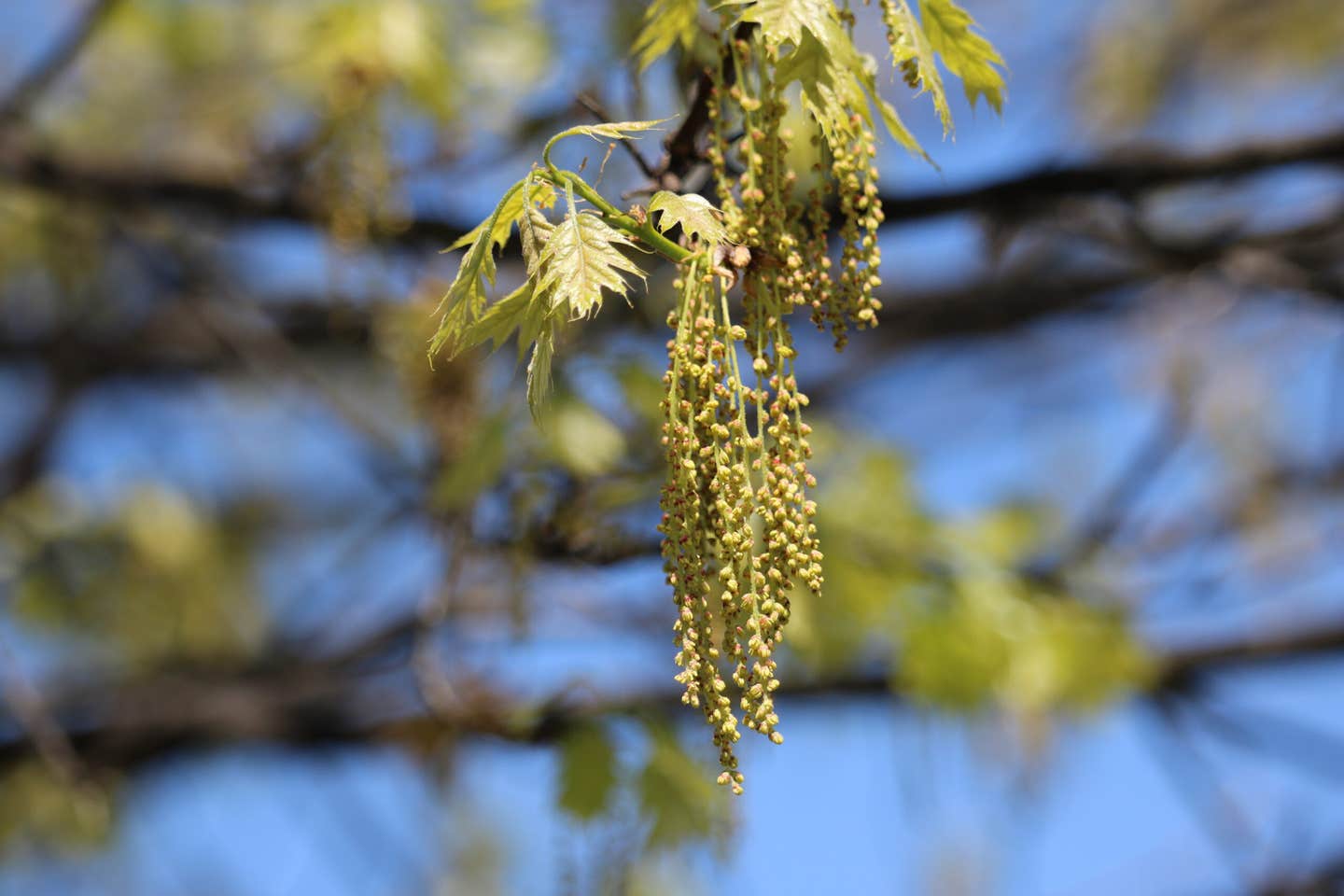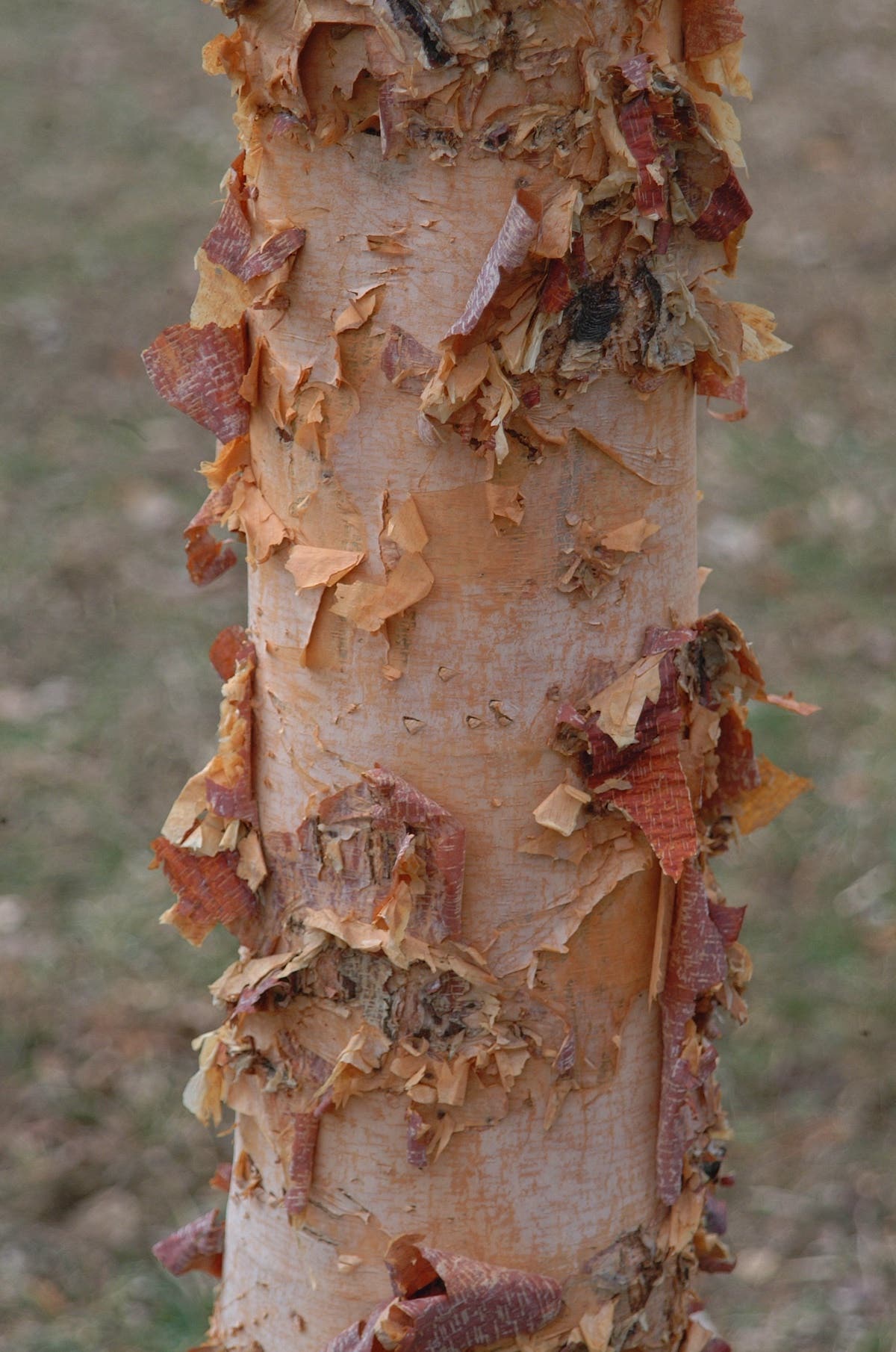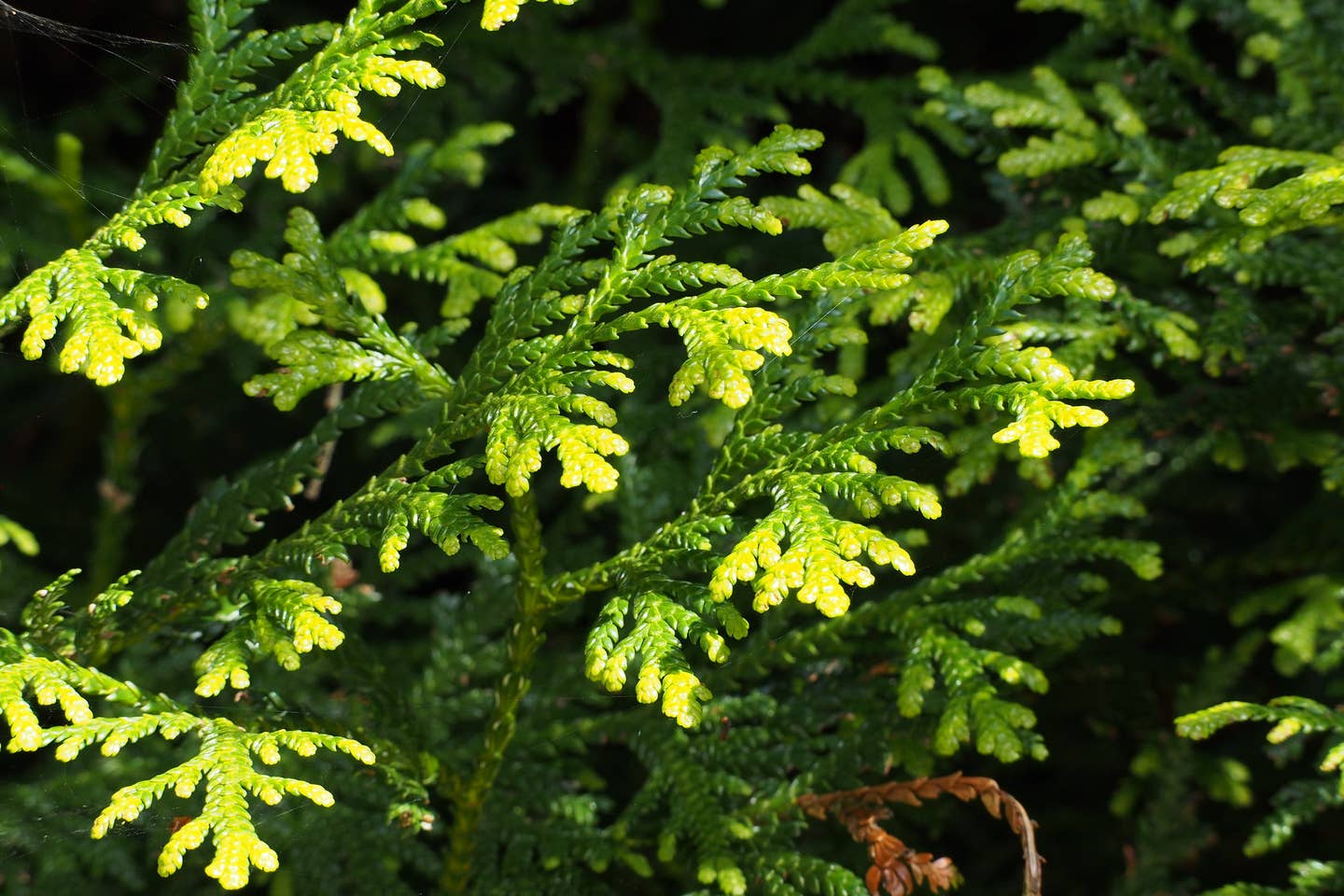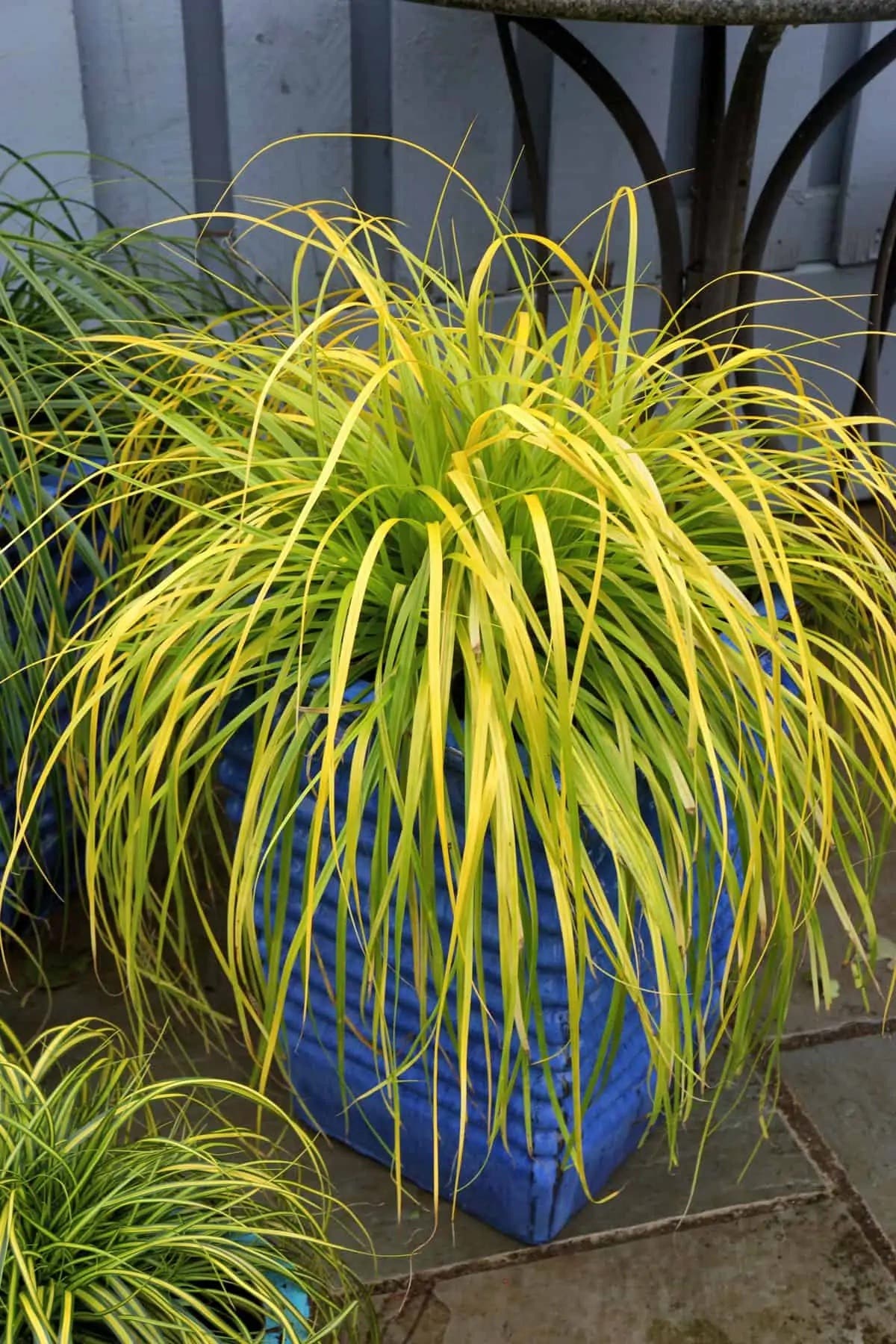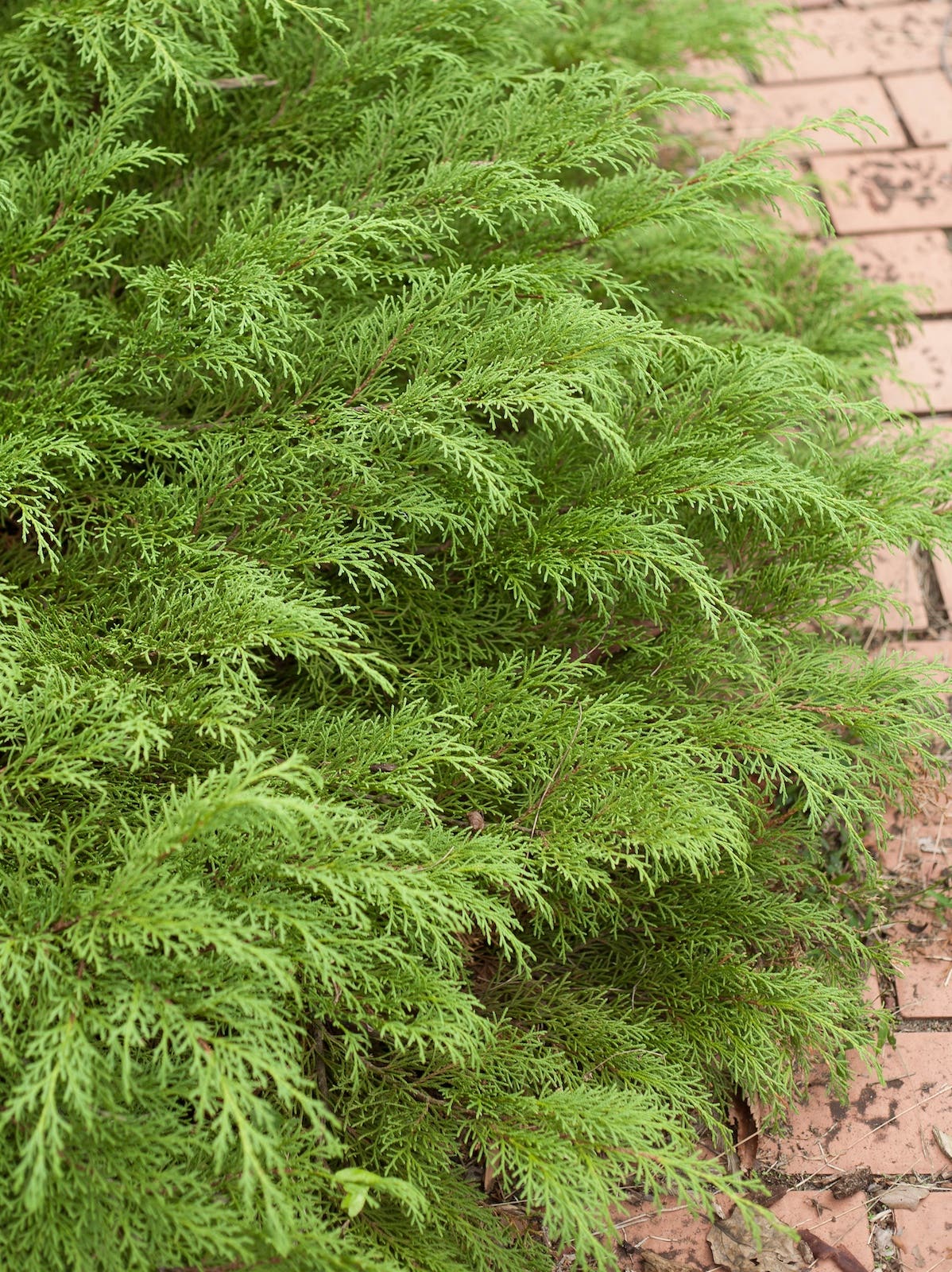I’ve covered new plant introductions for Horticulture for more than 15 years, and in so doing there’s one word that I think I’ve typed a million times: compact.
There’s no doubt that breeders have worked to shrink plants into smaller cultivars that suit scaled-down gardens, city and suburban lots and patio containers. I’m not knocking the trend—far from it! My own home sits just 15 feet back from the street, so I understand the necessity for smaller selections.
But let’s not lose sight of large plants, including perennials that are downright shrubby. They have their own places and purposes in today’s gardens. Here are nine fine reasons to go big:
1. Shrubs can break your heart.
Readers may be wondering: Why not just plant shrubs where a largish plant is desired? A valid question. First answer: Woody plants face winter trouble that herbaceous perennials avoid when their aboveground parts die back. Snow, slush and ice can break shrub branches with its weight—a problem compounded when it’s sliding off a roof or being thrown by a shovel, blower or plow. Deer and rabbits can “prune” shrubs in awkward ways (as can late winter’s most eager gardeners).
I have misshapen dwarf fothergilla (Fothergilla ‘Mt. Airy’) and redvein enkianthus (Enkianthus campanulatus ‘Jan Iseli Red’) in my front yard, bad pruning courtesy of winter wildlife. Neighboring bluestar (Amsonia tabernaemontana) emerges unscathed each spring, its new stems a promise of the three-foot, perfectly rounded shape it will supply through fall.
2. Those compact cuties need a backdrop.
The second piece of advice new gardeners hear (after “right plant, right place”) is to choose plants of varying heights. The necessity of this becomes only more apparent when one veers from a shopping list and inadvertently amasses a collection of front-of-the-border novelties. It seems sometimes our eyes are smaller than our borders! (The reverse can also be true, but too-big plants just mean garden expansion.)
Substantial plants like Japanese spikenard (Aralia cordata ‘Sun King’), which can easily reach four feet tall and wide, provide a foliar background for smaller perennials in shade beds. Sunny spaces benefit from the tall plants of meadow and wood edges, like New York ironweed (Vernonia noveboracensis), which can grow six feet tall, or any number of North American asters (Eurybia, Symphyotrichum and others), many of which sail above four feet.
3. “Low mounds” do not a garden make.
Exclamation points or vertical elements—call them what you will, but tall, upright growers lend energy to a design. Without the occasional Helenium ‘Feuersiegel’—a sneezeweed that can reach five feet tall—drifts of compact tickseed (Coreopsis) and coneflower (Echinacea) introductions can fall a bit flat. Similarly, the tall and skinny flower spires of bugbane (Actaea, syn. Cimicifuga) can break up the undulations of mounding Japanese forest grass (Hakonechloa macra), hosta and other stalwarts of shade.
4. There’s space to fill.
One word we don’t want to associate with gardening is "overwhelming"—whether it describes plants crowding out their companions or tasks controlling every waking hour. Beefy perennials can be an antidote for the latter while avoiding the former.
On my property, I’ve designated a few areas to design, filling them with a greater number of species and cultivars for successive interest. Here I choose compact plants that lack much propensity to spread, or are easy to edit, if necessary, when they do wander. Elsewhere are spaces that don’t so much require a “garden” but deserve (or require) something other than turf. Large plants, including those that spread, are welcome to fill these spaces by their own design. Ostrich fern (Matteuccia struthiopteris) can have the run of the shady corridor between our lot and the next, providing beautiful green texture beneath the trees (and not interfering with the more reserved members of my true shade garden).
5. Bulky perennials are a natural.
Contemporary naturalistic planting style, outlined in books like 2021’s New Naturalism (Kelly Norris) and 2015’s Planting in a Post-Wild World (Thomas Rainer and Claudia West), employs bigger, bulkier perennials to provide structure or stunning seasonal moments amid a tight-knit matrix of lower-growing grasses and ground covers.
A favorite such structural plant for sunny meadow plantings is joe-pye weed (Eutrochium maculatum), which reaches six feet high. (Even the compact joe-pyes supply some height, such as E. dubium ‘Little Joe’ growing to four feet.) In shadier spots, culver’s root (Veronicastrum virginicum) can lend weight and verticality, particularly when it sends up candelabras of summer bloom to five feet. Its vase shape and spaced-out foliage mean it mingles well with other perennials.
6. Great big plants bring the great big “Wow!”
There’s no doubt little plants are intriguing; begging a closer look, they get us to slow down (and bend down) to appreciate a garden for its details. But large-and-in-charge plants are just as capable of stopping visitors in their tracks, and true awe comes a bit quicker from something standing eye-level or above. For example, large coneflower (Rudbeckia maxima) hoists its flowers to heights between four and six feet, all the better to be admired by bipeds (and, after seed set, goldfinches). Growing taller still, the sunflower-like compass plant (Silphium laciniatum) can reach eight feet in fertile soil, an opportunity for adventures with scale.
7. Sometimes there’s something to hide.
Placed just so, large perennials can screen unwanted views. Year-round coverage may be better supplied by evergreen trees and shrubs or densely branched deciduous hedging, but consider quick-growing herbaceous plants for spots that need only seasonal camouflage.
Perhaps a sunny back patio begs some shielding from the neighbor’s space, but it’s used only from late spring to early fall. Here, a four-foot-tall row of false indigo (Baptisia australis) might do the trick in sun, while providing spikes of gorgeous flowers in spring and a summer’s worth of interesting leaves. A massive planter or deep raised bed can allow for higher coverage (for deep-rooted perennials like baptisia, leave the bed bottomless). A shady sitting area could find seasonal privacy in a row of six-foot-tall goatsbeard (Aruncus dioicus), which brings astilbe-like white flowers to late spring and remains coolly interesting with its fernlike foliage until autumn.
8. And sometimes there’s nothing to hide.
On the flip side, shrubby herbaceous perennials facilitate changing views in highly trafficked areas over the course of the year. My parents’ current home came with a hardy hibiscus smack dab in the middle of a bed that borders the driveway and runs perpendicular to the front of the house.
In summer, it dazzles passersby with the dark foliage and huge, tropical-looking flowers covering its five-foot-round heft. But its absence from autumn through its very-late-spring awakening opens a view from the street to shorter plants that grow behind it, seasonal containers on the doorstep and twinkle lights decorating the foundation shrubs at Christmas.
9. Short-term commitment has its appeal.
Would a well-chosen woody plant serve many of the above purposes just as well as a bulky perennial? Maybe. But while we mull that over, perennials make for good test runs. Live with a bulky perennial for a few years, then switch it out for a similarly sized shrub. Lovers of change can appreciate big perennials for this scenario, too. Remember, gardening is an adventure. It’s the nature of adventurers to aim big.
All images courtesy of Walters Gardens except Joe-pye weed by Leonardo DaSilva/CC BY 2.0


